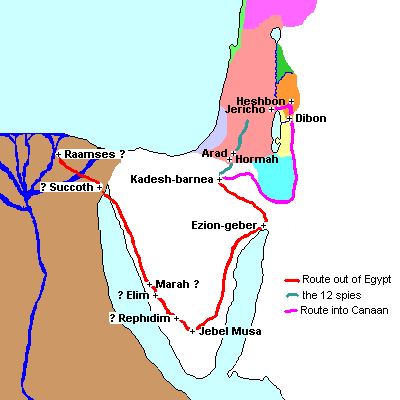
We leave for Mexico City in less than a week, and this will be one of our stops: the city dump, a food source for too many of the city's poor. This exposure will be part of our education, and images like this will unsettle our first-world lives.
That's the task of immersion: disorientation.
Some recent travel gave me the experience to reflect on how immersion gets packaged in undergraduate, graduate, and -- in our case, faculty -- experiences. In mid-December I had the opportunity to visit the college that pioneered global immersion through its Center for Global Education (CGE), the Lutheran Augsburg College in downtown Minneapolis. Augsburg states its purpose boldly: "education for service." Contrast that with the mission of the Jesuit Santa Clara University, whose immersion program in El Salvador at the Casa de la Solidaridad Lisa and I will visit in March: "education for justice."
Education for service, education for justice: is there a difference?
I think there is, and it might play into some of the differences between Lutheran and Ignatian spiritualities.
First, Luther understood vocation as a place of one's calling, and he maintained that all positions in life -- brewer, baker, mother -- were important places where God calls people to serve, not just the places of monastery or abbey. It was an pointed correction to the late-medieval valorization of religious life, but it resulted in a somewhat static sense of vocation.
For Ignatius, calling is a path -- Ignatius even called himself as a "pilgrim." Vocation is more kinetic, more in motion. You're on the move, and you're looking for direction. Discernment is crucial.
But the distinction between educating for service and educating for justice comes out of a difference between static and kinetic notions of vocation.
Second -- and related, Luther's attention to place corresponds to an emphasis on context. After all, if you find yourself inhabiting a particular space, you have time to look around. Contextual analysis is crucial.
Ignatius' attention to path and motion allows for a bigger picture. Indeed, the emphasis on justice illumines the systems and structures in which particular places are located, analysis of which is both important and natural from that angle of vision.
The distinction between educating for service and educating for justice highlights a difference between contextual and systemic analysis, between understanding a specific setting and situating that setting in a bigger picture.
Finally, Luther's emphasis on service always has the neighbor as its focus. For Luther, all the world's a neighbor. He's adamant that we bear the face of Christ to the neighbor, that the neighbor bears the face of Christ to us. I wish sometimes the neighbor just bore the face of -- the neighbor. But that's another post. Nonetheless, there's a deeply personal thrust here.
The Ignatian push for justice, almost because of its systemic nature, is more encompassing, but also less personal. I'm always struck with how abstract the "preferential option for the poor" can sound, though that is not at all its intent. Lest the tag "impersonal" seem negative, remember how easily the personal obscures good judgment -- and you see the positive sides of this emphasis.
The difference between educating for service and educating for justice may also be marked by a difference between more personal and more impersonal approaches to poverty.
Of course, we need both angles of vision, Lutheran and Ignatian, for a fuller view. And while the typology above could be contested, I offer it as an heuristic tool to sort differing emphases in the two spiritualities. Each informs a personal and social ethic; each reminds us how closely woven are spirituality and ethics in these two figures -- and the traditions they shaped.
Again, I'm so lucky to have Lisa as a colleague in this venture: she's as thoroughly Ignatian as I am Lutheran. For better and for worse, we're "stuck" in these traditions, and we're often overly critical of our roots. I wind up defending Ignatius, and she'll wave the flag for Luther. So we remind each other of the gifts of the other's tradition. That's been a grace, as well as grist for good conversation!
We carried backpacks along the Camino; we'll carry our traditions with us in the next phases of the grant. Thanks to Kim Erno and Ariadna at the Lutheran Center in Mexico City for all their advance planning. We hope to connect with Anne Lutterman-Aguilar on the faculty of Augsburg's CGE in Cuernavaca. Anne is doing some terrific work on the phenomenology of vocation: the one being called, the one calling, and the one being served. And thanks to Doug Schuurman who elegantly unpacks the difference between vocation as path and as place in his book "Vocation: Discerning Our Callings in Life" (Eerdmans, 2004).
Happy New Year!







-1304-06.jpg)














